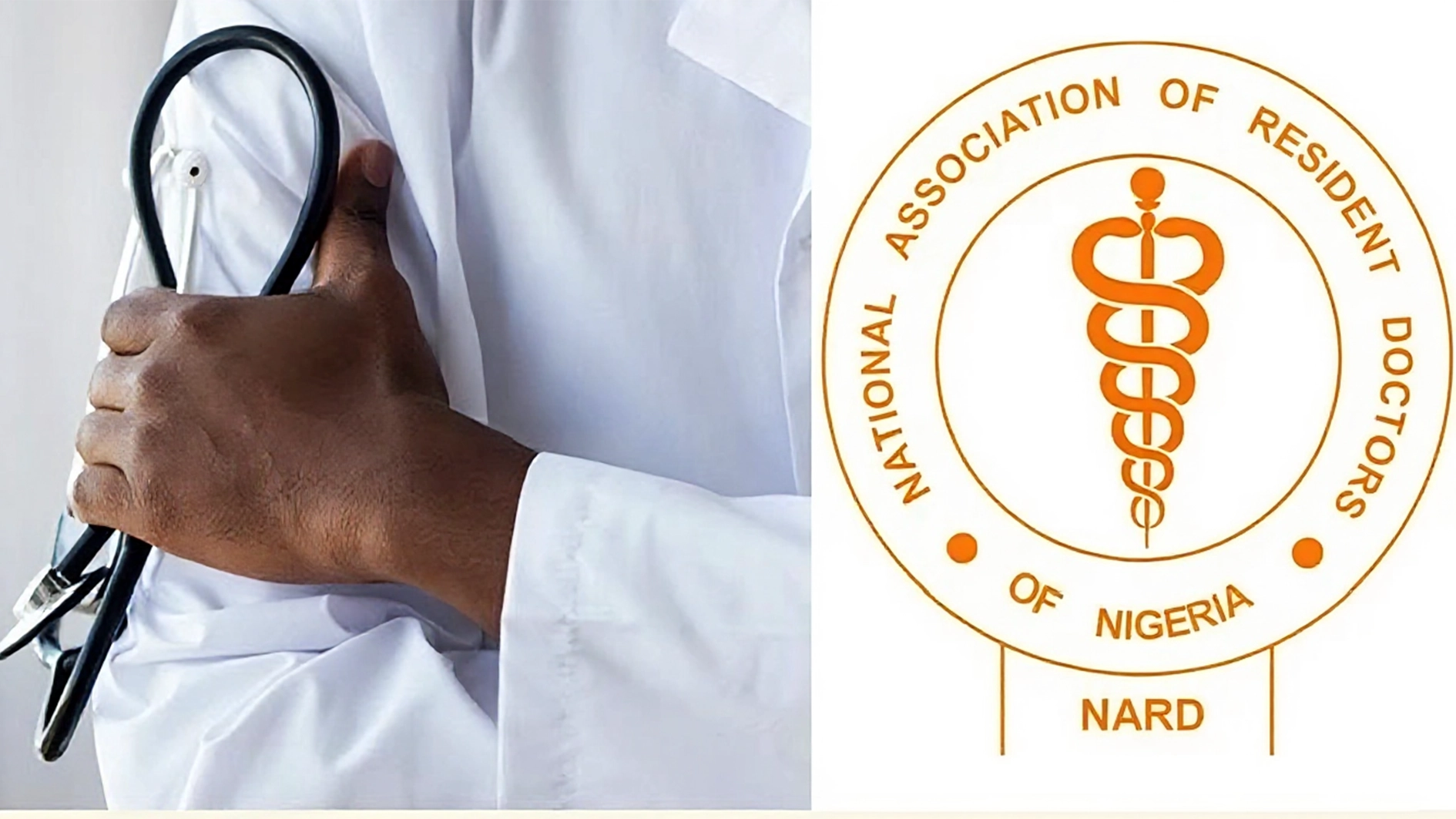
The mortality and morbidity in Nigeria due to prostate disorders are on the rise. There are conventional treatments for malignant cases, cancers, but they come at very high costs- complications.This has led to avalanche of researches into natural cures for prostate disorders.Until now, lots of potent local herbal cures have been scientifically validated. But exercise and corn silk have been enlisted in the quest.
Exercise medicine for advanced prostate cancer
In recent times, there have been calls for physicians all over the world to start prescribing exercise as medicine.
Exercise medicine for advanced prostate cancer
A review published in Current Opinion in Supportive and Palliative Care and titled “Exercise medicine for advanced prostate cancer” concluded: “Exercise medicine is rapidly evolving as an emerging and provocative therapy in oncology, with excellent promise to meet the broad and magnified needs of advanced prostate cancer patients. This review highlights established clinical evidence, developing preclinical evidence and potential future avenues of novel research pertaining to the role of exercise as an adjuvant, synergistic and targeted therapy. In particular, we highlight the powerful potential of exercise to enhance chemotherapeutic and radio-therapeutic effectiveness, interfere with tumour-driven dysregulation of angiogenesis and osteogenesis and delay disease progression and extend survival.
Importantly, due to the complex clinical presentations of advanced prostate cancer patients, this review provides exercise prescription and programming recommendations to ensure that exercise participation is flexible and effective, yet safe and well tolerated by patients. Lastly, we assert the need for future research to focus on translating impressive preclinical outcomes, to patient-focused human clinical trials, to continue to establish exercise as an essential therapy for inclusion into standard of care practices in oncology.”
Brisk walk may be the best medicine for prostate cancer
Exercise could be the best medicine for many men with prostate cancer if the disease is caught early, doctors believe.Walking, cycling, swimming and other regular physical activity may have the power to keep the disease in check, they suggest.This would mean that fewer men would need radiotherapy, chemotherapy and other powerful treatments that can have distressing and long-lasting side effects.
Exercise could be the best medicine for many men with prostate cancer if the caught early, doctors believe If a world-first trial proves that exercise can keep a lid on the cancer, the British National Health Service (NHS) for up to a third of new patients could prescribe gym sessions and brisk walks.Study leader, Dr. Liam Bourke, said: “If we show it works and is feasible, it could be a real leap forward for cancer patients.”
The research, which started in 2016, led by Sheffield Hallam University, will look at whether regular exercise can be prescribed as a substitute for conventional treatment if the disease is caught early enough.The study was published in Cancer Research.
Exercise linked to lower mortality with early prostate cancer
Men with prostate cancer that has not spread may have longer survival the more they exercise, a recent study suggests.For these men, regular moderate or vigorous physical activity was associated with 31 percent to 37 percent lower likelihood of death during the study, compared to more modest amounts of exercise.
“This confirms and expands on previous work that shows an inverse association between recreational physical activity after diagnosis and risk of prostate cancer-specific mortality,” said lead study author Ying Wang of the American Cancer Society in Atlanta, Georgia, in email to Reuters Health.
Wang and colleagues pulled data from a large, long-term study group established by the American Cancer Society in 1992, focusing on 7,000 men who were diagnosed with prostate cancer between 1992 and 2011.The average age at cancer diagnosis was 71, and there were 2,700 deaths through 2012, including 450 due to prostate cancer and 750 due to heart disease. The average time from diagnosis to death was about eight years for those who died from cancer and 10 years for those who died from other causes.
Men who were more active before diagnosis were more likely to have lower-risk cancer tumors and a history of prostate screenings. They were also leaner, more likely to be nonsmokers and vitamin users and they ate more fish.Both before and after diagnosis, walking accounted for 73 percent of the physical activity that men did, followed by 10 percent for cycling and 5 percent for aerobic exercise, according to the report in European Urology.
After standardizing the men’s weekly exercise times and intensity levels, the researchers compared mortality rates among all the men to those who did some physical activity but not much. They wanted to avoid comparisons to the least active men, who were likely also the sickest overall, because their sedentary lifestyles were potentially due to other reasons.
Based on exercise levels before diagnosis, moderate to vigorous exercise, including walking, was linked to lower risk of death from prostate cancer, but only for men with lower-risk tumors.But after the diagnosis, the same levels of exercise were linked to lower risk of death from prostate cancer for all men, although the apparent benefit of walking was no longer statistically meaningful.
Corn silk maysin induces apoptotic cell death in PC-3 prostate cancer cells via mitochondria-dependent pathway
Despite recent advances in prostate cancer diagnostics and therapeutics, the overall survival rate still remains low. A study published in the journal Life Sciences assessed the potential anti-cancer activity of maysin, a major flavonoid of corn silk (CS, Zea mays L.), in androgen-independent human prostate cancer cells (PC-3).
The researchers found that Maysin dose-dependently reduced the PC-3 cell viability, with an 87 per cent reduction at 200 μg/ml. Maysin treatment significantly induced apoptotic cell death, Deoxy ribonucleic Acid (DNA)/genetic material fragmentation, depolarization of MMP, and reduction in Bcl-2 and pro-caspase-3 expression levels. Maysin also significantly attenuated phosphorylation of Akt and ERK. A combined treatment with maysin and other known anti-cancer agents, including 5-FU, etoposide, cisplatin, or camptothecin, synergistically enhanced PC-3 cell death.
These results suggested for the first time that maysin inhibits the PC-3 cancer cell growth via stimulation of mitochondria-dependent apoptotic cell death and may have a strong therapeutic potential for the treatment of either chemo-resistant or androgen-independent human prostate cancer.
Botanically called Stigma maydis, Corn silk (CS) is made from stigmas, the yellowish thread like strands from the female flower of maize. It is a waste material from corn cultivation and available in abundance. It has been consumed for a long time as a therapeutic remedy for various illnesses and is important as an alternative natural-based treatment. It has been used as traditional medicine in many parts of the world such as China, Turkey, United States and France. It is used for the treatment of cystitis, edema, kidney stones, diuretic, prostate disorder, and urinary infections as well as bedwetting and obesity. It soothes and relaxes the lining of the bladder and urinary tubules, hence reducing irritation and increasing urine secretion.
Other beneficial treatments of CS include anti-fatigue activity, anti-depressant activity and kaliuretic. In addition, it possesses excellent antioxidant capacity and demonstrated protective effects in radiation and nephrotoxicity.
However, a recent study showed that there is no antibacterial activity in CS when it was investigated against bacterial species such as Pseudomonas aeruginosa, Klebsiella pneumonia, Staphylococcus aureus, Streptococcus pneumonia, Escherichia coli and Streptococcus pyogenes. In China, it is considered very important medicinal plant in the treatment of prostate problems. Meanwhile, the Native Americans used CS to treat urinary tract infections, malaria and heart problems. Although not scientifically proven, CS tea has been claimed to have many benefits to human health such as lowering blood pressure, decrease prostate inflammation, diabetic and urinary tract infection, edema, obesity and promote relaxation. To date, there are various CS commercial products for medicinal uses are available in the market.
CS is rich in phenolic compounds, particularly flavonoids. It also consists of proteins, vitamins, carbohydrates, calcium, potassium, magnesium and sodium salts, volatiles oils and steroids such as sitosterol and stigmasterol, alkaloids, and saponins. Due to its potential benefits, there are several studies reported the pharmacological activities of CS.
[ad unit=2]






